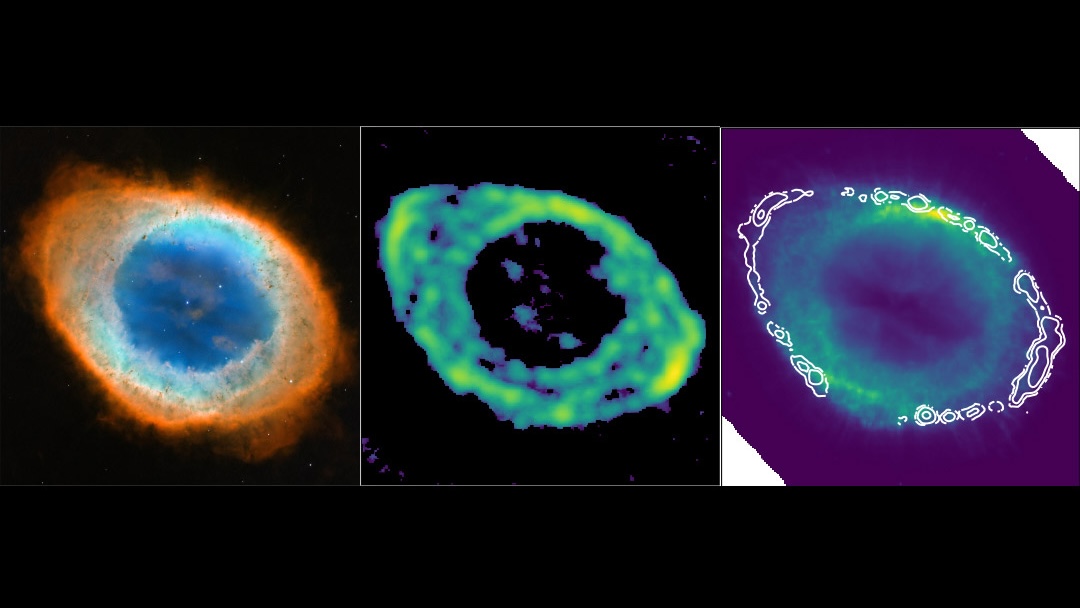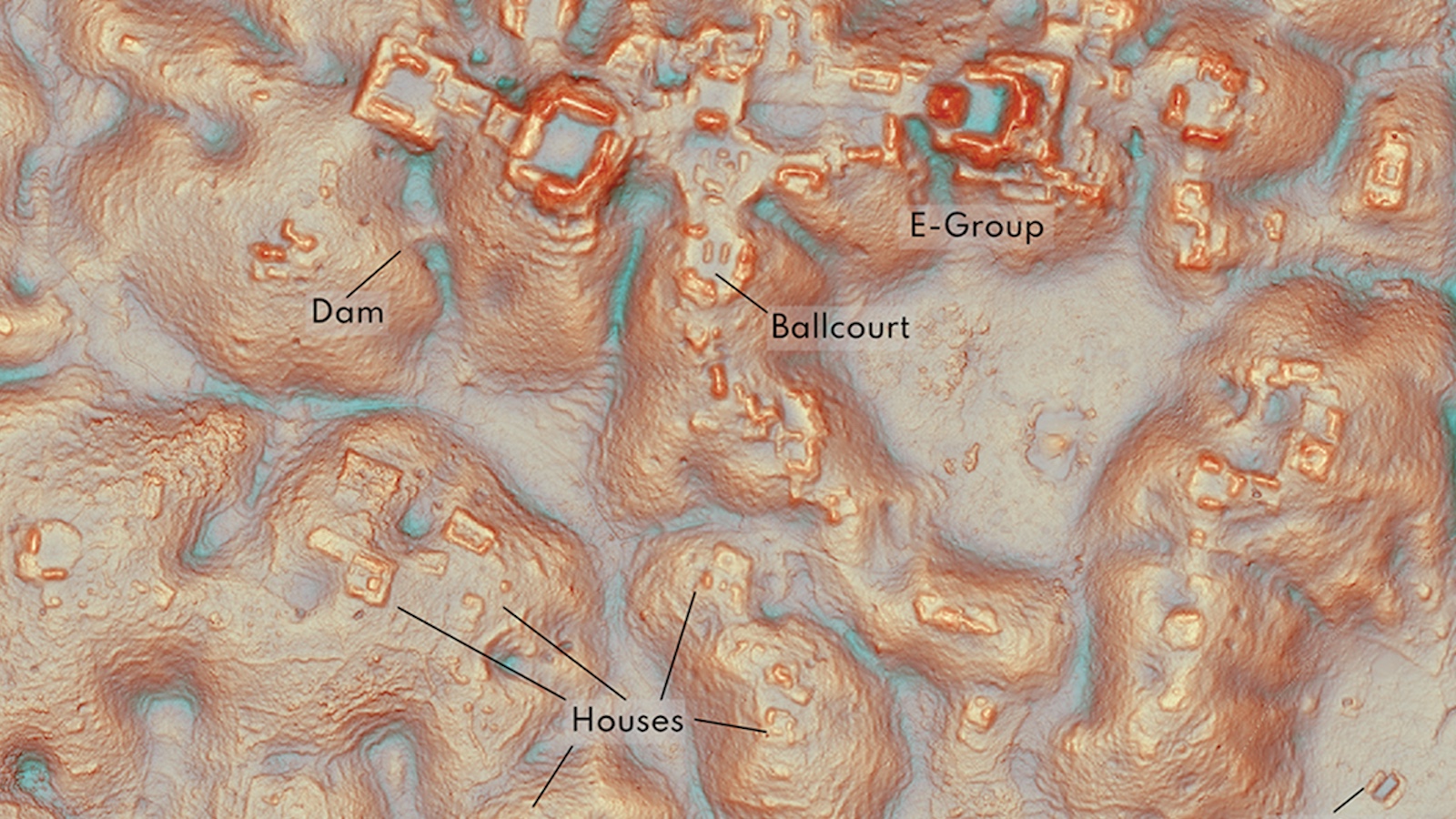The Venutian Dinosaur Fallacy

This post originally appeared on the Newton blog on RealClearScience. Read the original here.
Venus has always captured the attention of humanity. Of all the objects that adorn our night sky, it’s the brightest, excluding the Moon.
Peering through his telescope in the early 17th century, Italian astronomer Galileo Galilei found Venus to be almost featureless. What he saw was Venus’ defining, impenetrable layer of thick clouds, obscuring the surface and shrouding the planet in mystery, a mystery quite open to speculation. As summarized by Carl Sagan in Cosmos, one of the most outlandish, yet surprisingly common lines of speculative reasoning went a little like this:
“I can’t see a thing on the surface of Venus. Why not? Because it’s covered with a dense layer of clouds. Well, what are clouds made of? Water, of course. Therefore, Venus must have an awful lot of water on it. Therefore, the surface must be wet. Well, if the surface is wet, it’s probably a swamp. If there’s a swamp, there’s ferns. If there’s ferns, maybe there’s even dinosaurs.”
The original observation was effectively a lack of an observation. The conclusion was dinosaurs.
For decades and decades, this faulty logic played out harmlessly, roiling imaginations and powering the pens of science fiction writers. Published in 1895, Gustavus W. Pope’s Journey to Venus weaves the tale of a fantastical trek to Earth’s sister planet, placing Lieutenant Frederick Hamilton and his companion, the Martian princess Suhlamia, in a lush Venutian landscape inhabited by vicious, dinosaur-like beasts. “Exciting adventures, hairbreadth escapes, and perilous vicissitudes” ensue, according to the book’s publisher.
In 1922, fantasies of a wet, swampy Venus started to fade. Astronomers analyzing the visible light reflected from the planet’s atmosphere found no signs of the wavelengths which would have been given off by oxygen or water. Venus, they proposed, may instead be barren and dusty, a desert-like place.
Venus is, of course, named after the Roman goddess of love and beauty, and this new, scientifically modern depiction wasn’t nearly romantic or poetic enough for novelists. So what did many of them do? They simply ignored it. Even as late as the 1950s, writers were still describing the planet as wet and rainy. Ray Bradbury’s The Long Rain told the story of four men who crash-landed on the planet and were subsequently driven insane by the unceasing precipitation.
“It was a hard rain, a perpetual rain,” Bradbury wrote, “a sweating and steaming rain; it was a mizzle, a downpour, a fountain, a whipping in the eyes, an undertow at the ankles; it was a rain to drown all rains and the memory of rains.”
There is no liquid water. Therefore, there are no ferns. Therefore, there are no dinosaurs.





